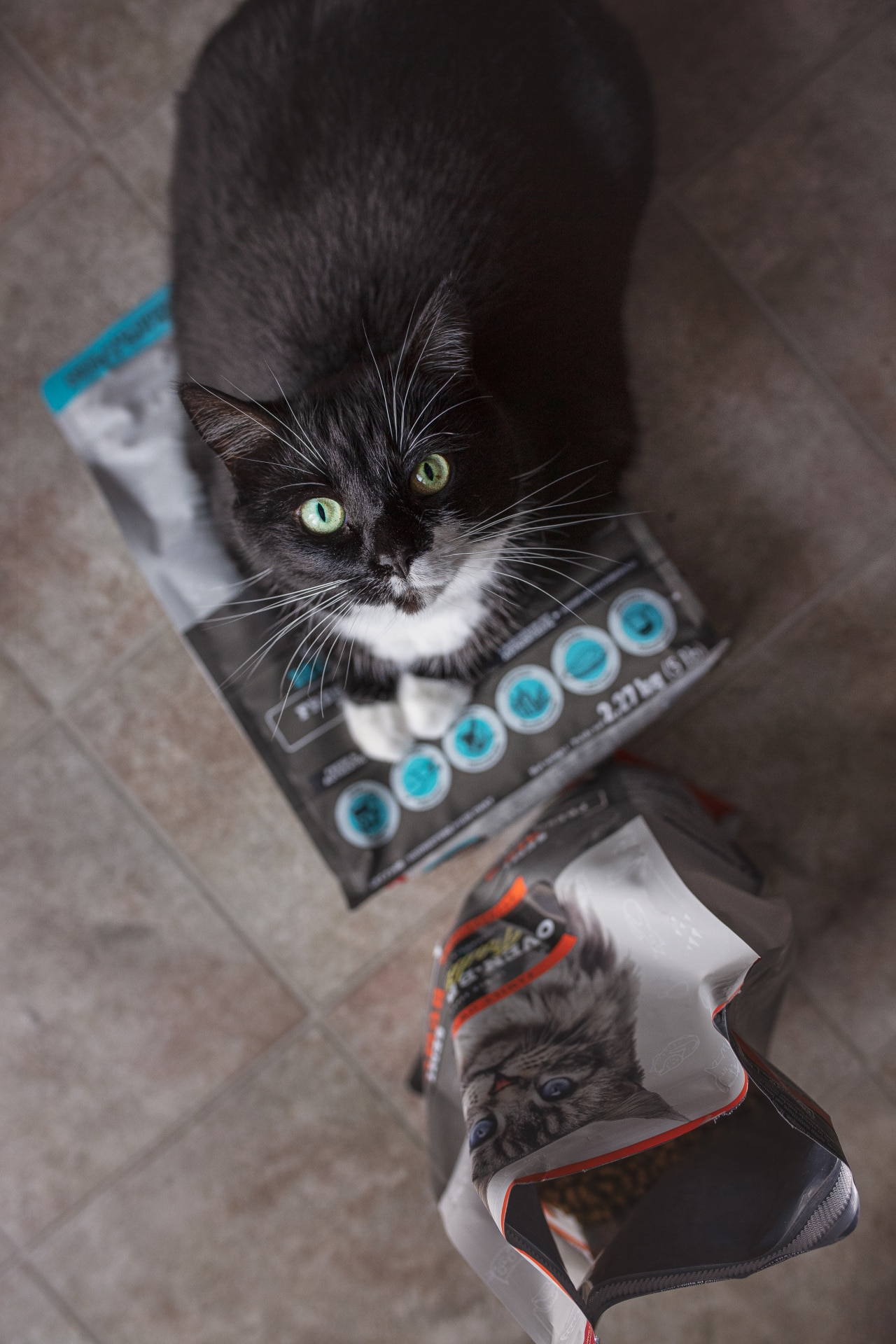Some dogs do not seem to have an “off” switch. They get back from a long walk or an active play session at the park, and as soon as they pass through the door, they have this “what’s next?” look in the eyes. This can be very tiring for the owners…and for the dogs!
If your dog’s physical activity needs are met (and these vary depending of the dog’s breed and the dog’s personality), and you still have an hyperactive dog that cannot seem to be calm inside the house, then perhaps you have a dog that just needs to learn how to relax. Signs of a hyper dog without an “off switch” are a dog that cannot seem to lay down for more than a couple of minutes at a time or a dog that is always busy reacting at something like a noise or people passing by. A hyper dog can become a very stressed dog as its inability to relax makes him unable to recover from normal daily activities, and this can lead to an exhausted dog. Did you know how edgy and stressed we can be when we lack proper sleep? Dogs need an average of seventeen hours of sleep and rest per day. So yes, your dog might be hyper from lack of rest as opposed to not enough exercise!
One of the most important things you can give your hyper dog is a good resting place away from the everyday traffic of your busy household. It can be a bed, a crate, a room… any place that is comfortable and quiet can become a good resting place. Without stimuli, noises, and action around him, chances are that your dog will be able to sleep and rest properly.
You can also teach your dog to relax, exactly the same way that you would teach it a new trick. First, it has to be very easy, and you have to reward it often. Eventually, less and less rewards will be needed, and your dog will be able to relax in contexts that are busier and busier.
Some dogs want to please their owners so much by always working for them. Teaching your dog that you instead want it to be in a calm state of mind and that you require no action or initiative from it at this time might actually become quite a relieve to your busy working dog.
One easy exercise that you can do is have your dog lay down at your feet or sleep on its bed when you are watching TV, reading a book or doing any of these calm activities yourself. Ask your dog to go lay in the position you want, and reward it with a treat every one or two minutes at first, and then gradually increase the delay between treats to several minutes. Do not talk or look at your dog, just throw the treats at its paws. Otherwise, it will think that you want to interact with it and go right back to this “on” mode that you want to avoid.
If you have a very hyper dog that cannot seem to stay in place, then put it on a leash so that it gets the idea that this is where it needs to stay. Reward any action toward resting: a sit at first, then a down, and then a down with its head on its paws, etc.
Once your dog is better at relaxing at your feet, then you can raise the difficulty level by standing up or by having someone walk by. You can also increase the relaxing time that you ask out of your dog.
This is a simple exercise that you can do every single day while you do something else relaxing for yourself. If you do not have such down time, then perhaps it is the time that you begin to learn how to relax yourself! A relaxed owner often leads to a more relaxed dog.


